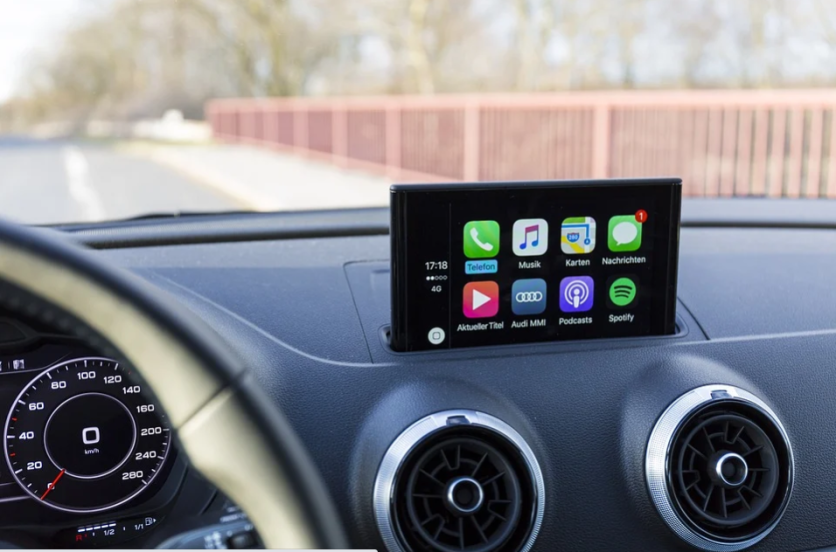
The technology that Apple Car is set to use could help drivers and passengers work out where they dropped their iPhone within the vehicle by using vibrations, with the same system allowing an iPhone to be used as an in-vehicle remote control.
Apple Car's Technology in Finding iPhones
There are instances wherein a user drops their iPhone in a car when they are a passenger. While it may fall into areas that are visible and reachable from the car seat, there is still a chance that the device will slide under seats and into other places within the car, making it difficult to locate.
While systems like AirTag uses Ultra Wideband to track down an iPhone, that concept does not work in this case. Find My Phone does not use UWB to track down iPhones and iPads at this time, according to The Seattle Times.
Instead, Find My Phone relies on GPS and other technologies that narrow down the position to a few feet, which will tell users the iPhone is in the car, instead of telling them exactly where it is in the car.
Also, users have the problem of needing a secondary mobile device to load up Find My Phone, which may not be available, as per Apple Insider.
Also Read : Apple Car's Potential Manufacturing Partner Is BMW iPhone Supplier Wants to Develop Its Own EV
How it Works
Apple outlined a couple of methods that could be employed to work out where an iPhone is located within the car, according to ZDNet.
The first method is the use of multiple signal generators and sensors that are spread throughout the car. This can be used together with a signal generator and sensors built into the mobile device to detect its position.
The signal generation can use numerous technologies, including Wi-Fi, Bluetooth, infrared, and audio chirps.
By detecting how the signal generators interact with the sensors, the system could work out if the device is closer to some generator locations than others. Then, through processing the sensor data, as well as taking into account the car furnishings that could impact signals, the system could determine the position of the mobile device.
The second one is the use of Inertial Measurements Units, or IMUs, could do a similar job. The IMUs continuously collect motion data when the car is moving, which is then collected and analyzed by the car's computer.
Rigid body motion calculations could be used, though the same IMU system could use vibrational movement of the car in motion to locate objects too, by detecting unusual vibration patterns. Where these differences happen, an object is likely to be located.
It is also feasible that an IMU component in the mobile device could also be employed to detect low-level vibrations. This data could be transmitted to the onboard computer, and could be used to work out its location.
A third and more conventional method is offered in the form of using a vehicle's cameras. By using imaging data along with a 3D model of the car's cabin, the image processing system may be able to see items in the cabin that do not match the model.
Although using cameras may not provide adequate coverage of everywhere in a car, Apple suggests it could be used to give an initial visual sweep of a car before employing other search methodologies.
Apple files numerous patent applications weekly, but while the existence of a patent indicates areas of interest for Apple's research and development teams, they do not guarantee the existence of the idea in a future product or service.
Related Article : Apple Car to Have 500KM Full-Charge Range, 80% Capacity in 18 Minutes, Thanks to Hyundai's E-GMP!
This article is owned by Tech Times
Written by Sophie Webster
ⓒ 2025 TECHTIMES.com All rights reserved. Do not reproduce without permission.




